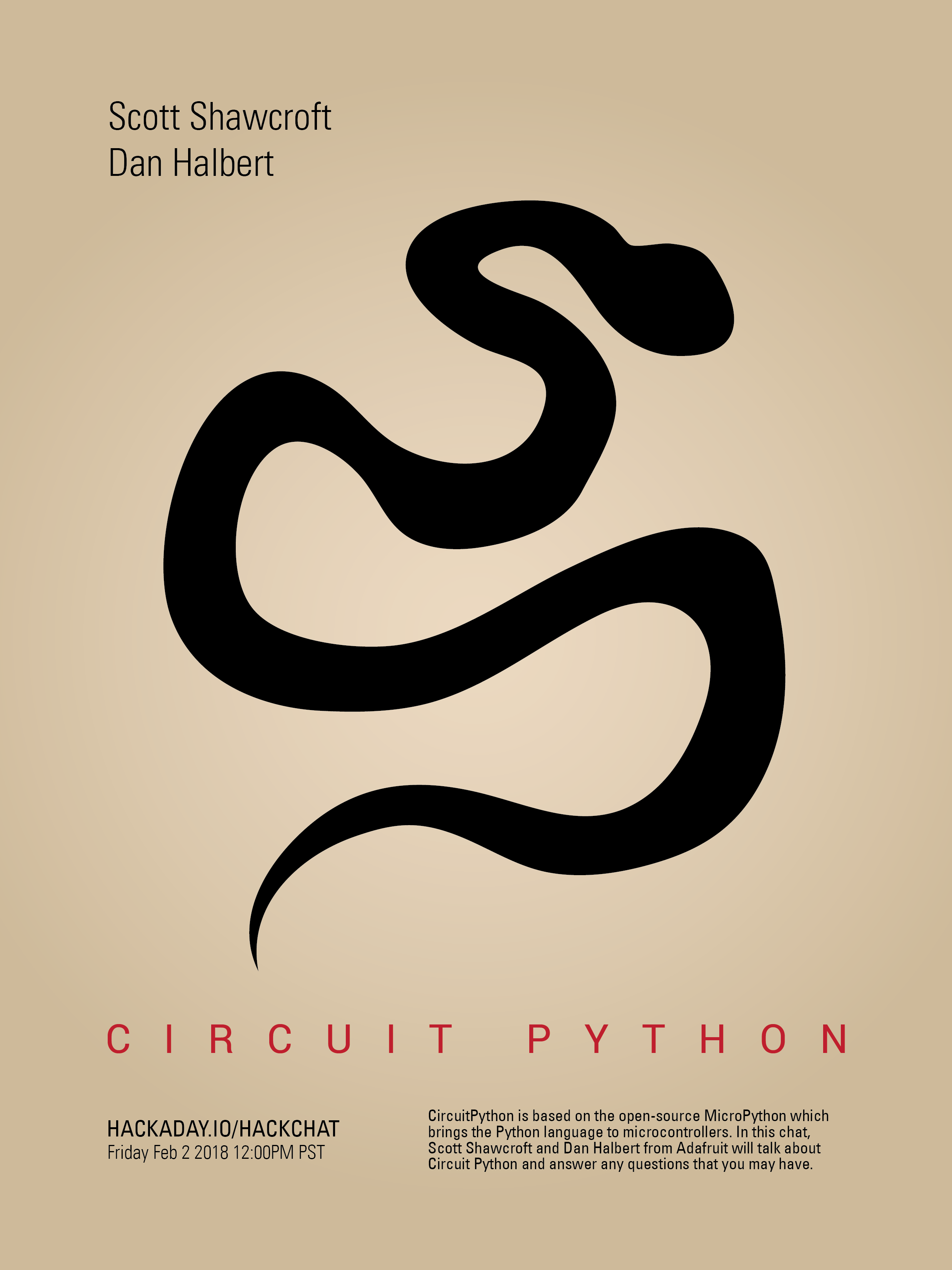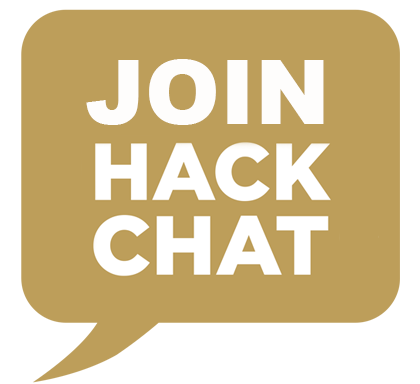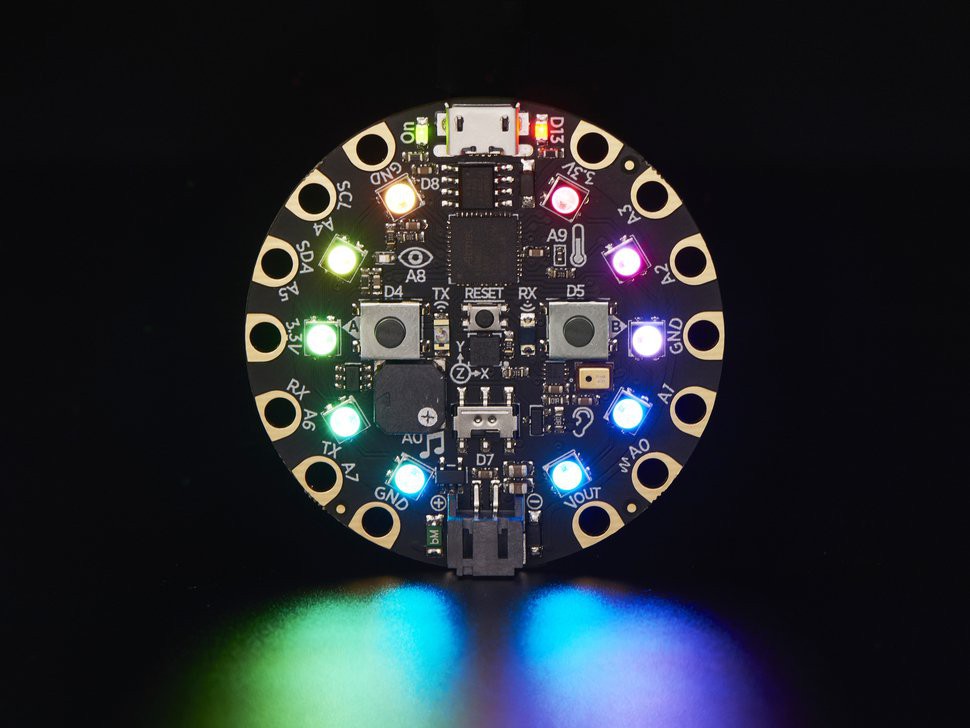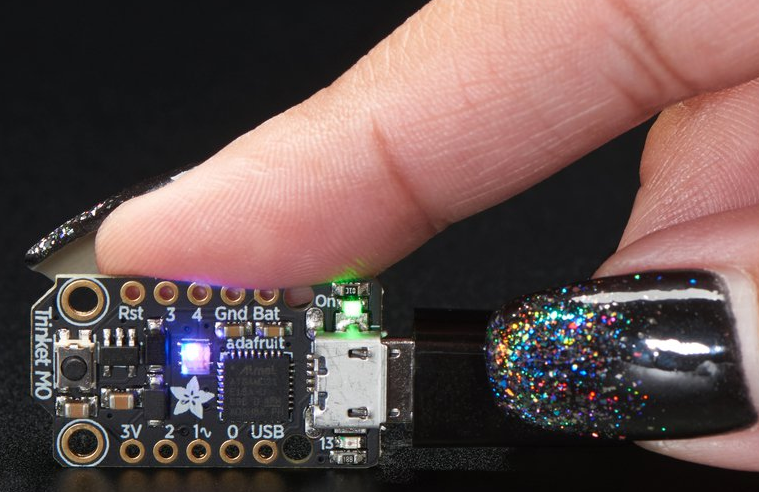Join this Hack Chat by clicking on the JOIN HACK CHAT button.
______________________________________________________________________________
Scott Shawcroft and Dan Halbert from Adafruit will be co-hosting the Hack Chat this week.
This Hack Chat is at noon PST, Friday, February 2nd.
Time Zones got you down? Here's a handy count down timer!
CircuitPython is based on the open-source MicroPython which brings the popular Python language to micro-controllers. The goal of CircuitPython is to make hardware programming as simple and easy as possible. You can also support MicroPython and the creator, Damien George by purchasing official PyBoards at Adafruit as well as MicroPython stickers.
In this week's chat, Scott Shawcroft and Dan Halbert from Adafruit will talk about Circuit Python and answer any questions that you may have.
Scott Shawcroft started working with Adafruit on MicroPython in September 2016 and has led the (renamed) CircuitPython effort ever since. He has a Computer Engineering degree from the University of Washington ('09). He worked at Google on Google Maps prior to starting his own hardware and freelance software engineering company Chickadee Tech. He has two cats, Vin and Spook.
Dan Halbert starting using and working on CircuitPython early in 2017 and joined Adafruit in August of that year. He has CS degrees from MIT (SB '78) and UC Berkeley (PhD '84). He's worked on programming for non-programmers, object-oriented programming languages and IDEs, and also speech and face recognition. Dan is the original author of the UNIX `more` command.
In this chat, we'll discuss:
- What is CircuitPython? (history, current boards, etc.)
- What is the goal for CircuitPython?
- What are the future plans for CircuitPython?
- Answer technical questions abut Circuit Python!
Adafruit launched Circuit Python in 2017, and came on the Hack Chat to discuss it with us. Here's a video of what went on.


















what's the max number of neopixel you can drive with a trinket m0? Assuming you have proper power.